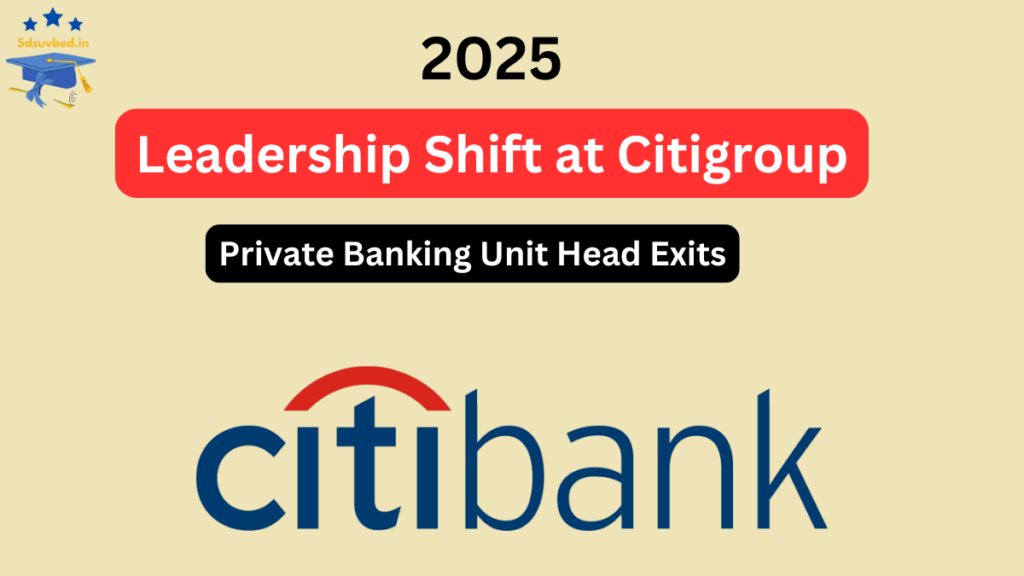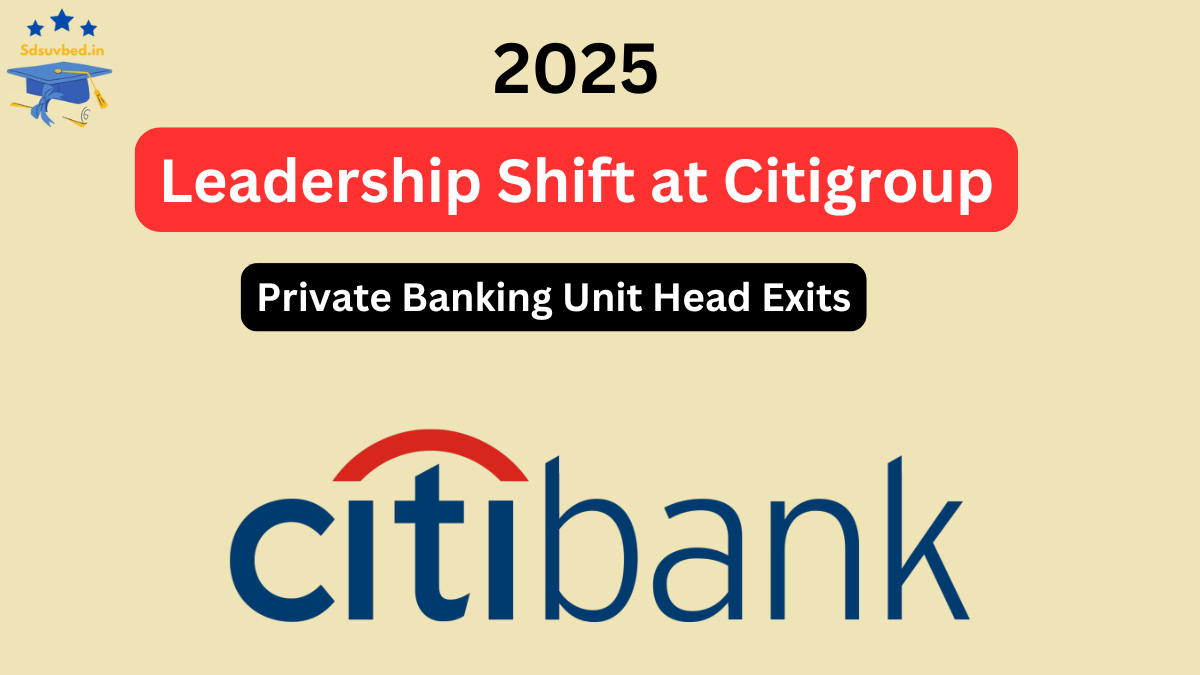Citigroup is undergoing a major transformation in its private banking division. The departure of Ida Liu, the former Global Head of Citi Private Bank, marks a significant leadership shift. This change aligns with the company’s broader strategy to enhance client services, streamline operations, and adapt to evolving global wealth management trends.

Why Is This Leadership Change Important?
Leadership transitions at major financial institutions like Citigroup can have a far-reaching impact. Here’s why this restructuring matters:
Enhanced Client Services – By decentralizing leadership, Citi aims to provide more tailored financial solutions.
Operational Efficiency – Regional leaders can make quicker, market-specific decisions.
Global Adaptability – Aligning leadership with regional demands ensures a stronger foothold in different markets.
Competitive Edge – Citi’s strategy mirrors the industry trend of localized financial services.
Also Read: Singapore Vouchers February 2025: CDC & GST Voucher Amount, Eligibility & Payment Dates
A Closer Look at Citigroup’s New Leadership Structure
Instead of a centralized approach, Citigroup’s private banking leadership is now divided into four key regions. Each region has its own head, reporting directly to Citi Wealth Head Andy Sieg.
| Region | New Leader | Focus Areas | Key Markets | Challenges |
|---|---|---|---|---|
| North America | Cayman Wills (Interim) | Strengthening U.S. & Canadian client relationships | New York, Los Angeles, Chicago, Toronto | Navigating tax policies & market volatility |
| UK, Europe & Middle East | James Holder | Managing regulatory changes & investment strategies | London, Frankfurt, Dubai | Brexit impact & geopolitical tensions |
| Latin America | Antonio Gonzales | Expanding wealth management in emerging markets | Mexico City, São Paulo, Buenos Aires | Inflation control & currency fluctuations |
| Asia North, Japan & Australia | Steven Lo | Growing ultra-high-net-worth client segment | Hong Kong, Singapore, Tokyo, Sydney | Regulatory shifts in China & post-pandemic recovery |
How Will This Change Benefit Citi’s Clients?
For high-net-worth clients, the new structure brings several key benefits:
More Personalized Services – Localized teams can provide market-specific solutions.
Faster Decision-Making – Eliminating bureaucratic layers speeds up financial decisions.
Stronger Client Relationships – Regional leaders will focus on building trust with investors.
Access to Local Investment Opportunities – Clients can leverage unique regional market trends.
Better Risk Management – Decision-making will be more agile, reducing financial exposure.
Also Read: Singapore S$200-S$400 Cost of Living Payment January 2025: Payout Dates & Eligibility
Citigroup’s Future Outlook: What’s Next?
Citigroup is not just restructuring its leadership; it’s also making strategic moves to stay competitive. Here’s what to expect:
1. Strengthening Digital Banking Services
Citi is heavily investing in AI-driven advisory services, expected to launch in 2025.
Digital platforms will enhance client accessibility and security.
2. Expanding Investment Offerings for High-Net-Worth Clients
Citi is focusing on private equity, real estate, and impact investing.
More exclusive wealth management opportunities are on the horizon.
3. Talent Acquisition & Leadership Development
The firm is looking to attract top financial talent.
Greater diversity in leadership roles is a key focus.
4. Alternative Investments & ESG Strategies
Citi is expanding its hedge fund, private equity, and ESG investment options.
Sustainable investing is becoming a priority, with more Socially Responsible Investment (SRI) opportunities.
FAQs
1. Why did Citigroup restructure its private banking leadership?
Citigroup aims to enhance efficiency, provide localized wealth management solutions, and streamline decision-making by shifting to a regional leadership model.
2. How will this leadership change affect Citi Private Bank clients?
Clients can expect faster service, better risk management, and more personalized financial solutions tailored to their regional investment needs.
3. Who are the key leaders in the new structure?
North America: Cayman Wills (Interim)
UK, Europe & Middle East: James Holder
Latin America: Antonio Gonzales
Asia North, Japan & Australia: Steven Lo
4. What is Citigroup’s long-term plan for wealth management?
Citigroup is focusing on digital banking expansion, alternative investments, sustainable investment strategies, and leadership growth to maintain its competitive edge in the global financial market.
With these strategic changes, Citigroup is gearing up for a future where wealth management is more personalized, efficient, and adaptive to global trends.
Click here to learn more
Pari is a passionate writer known for captivating stories that blend imagination and reality. Inspired by travel, history, and everyday moments, Pari crafts narratives that resonate deeply with readers.

